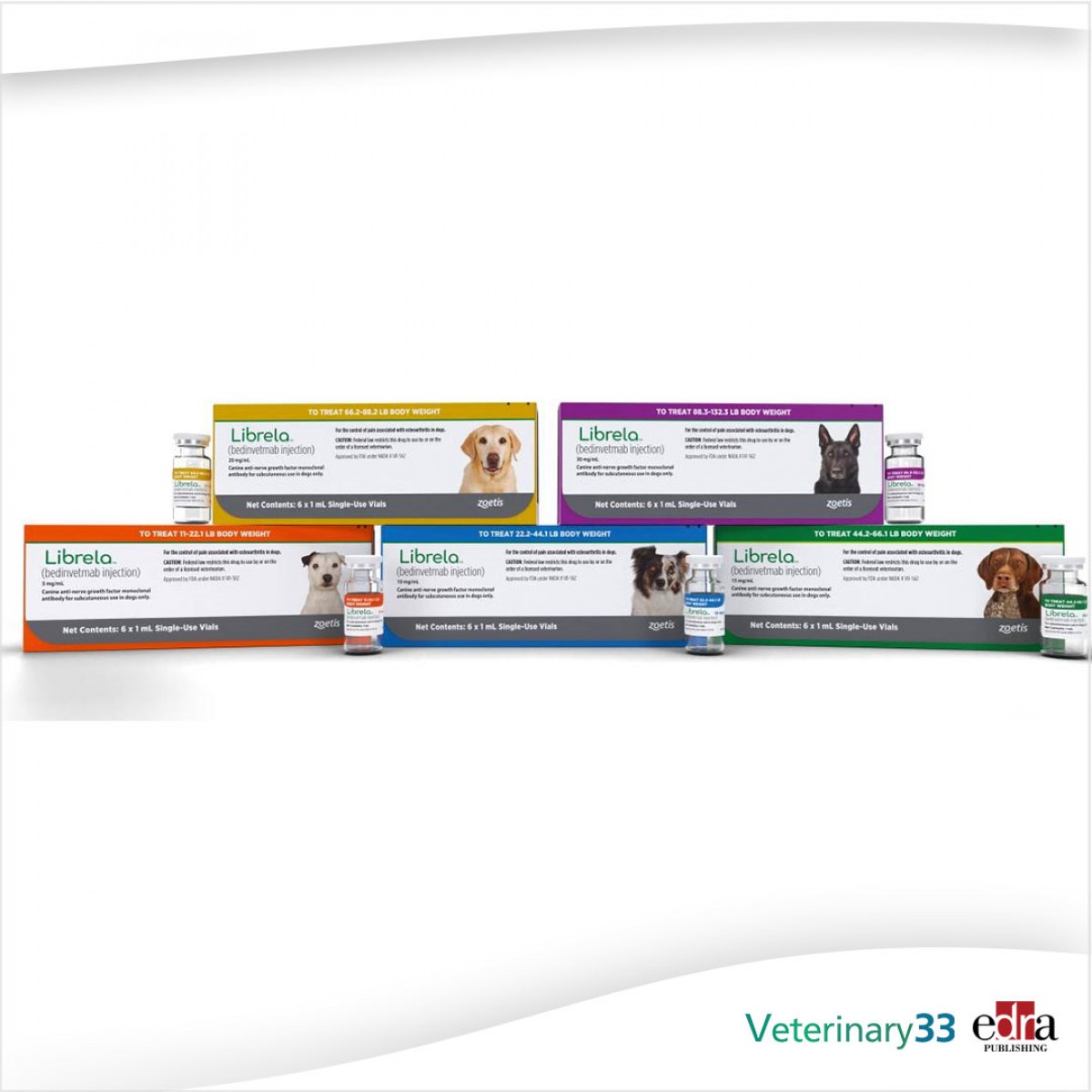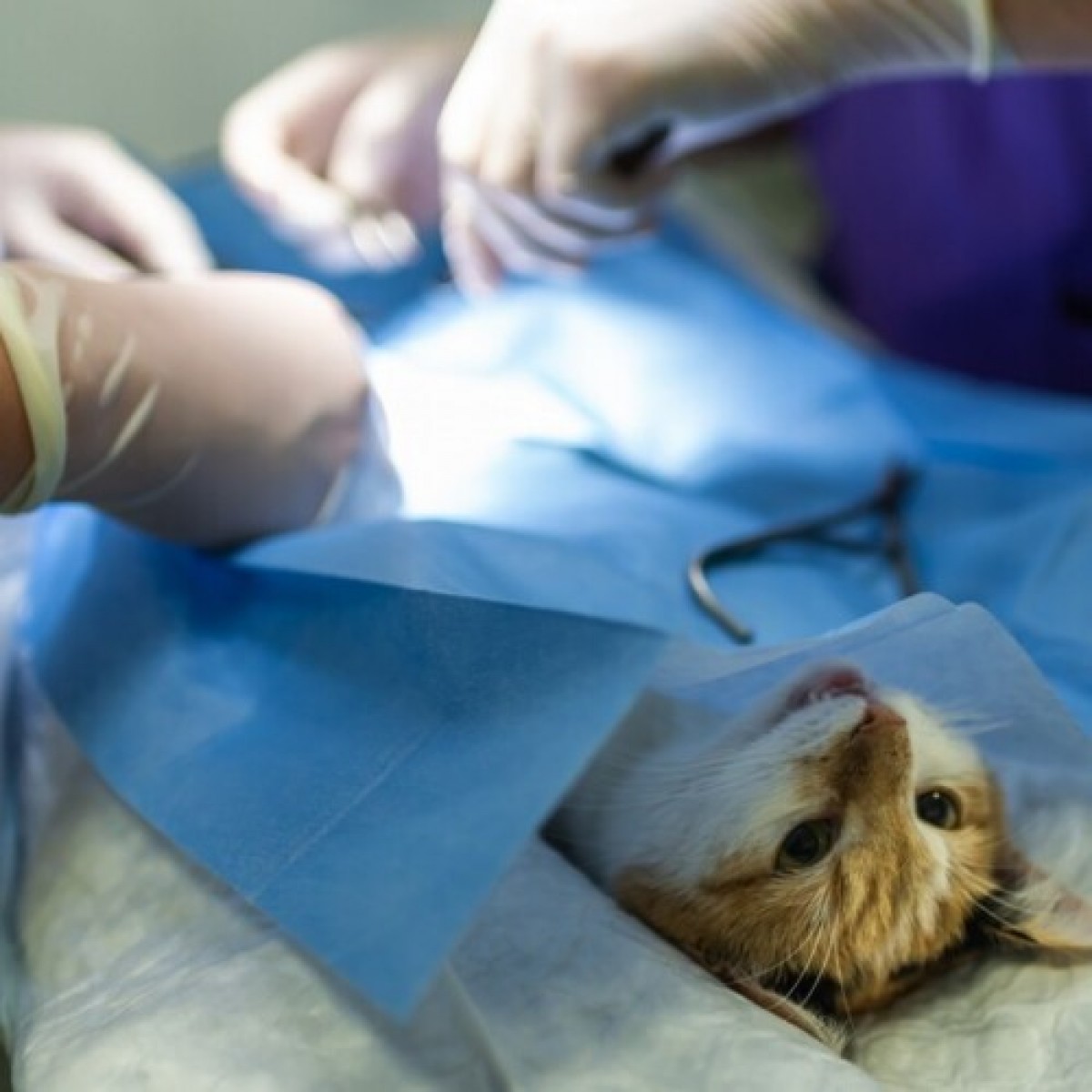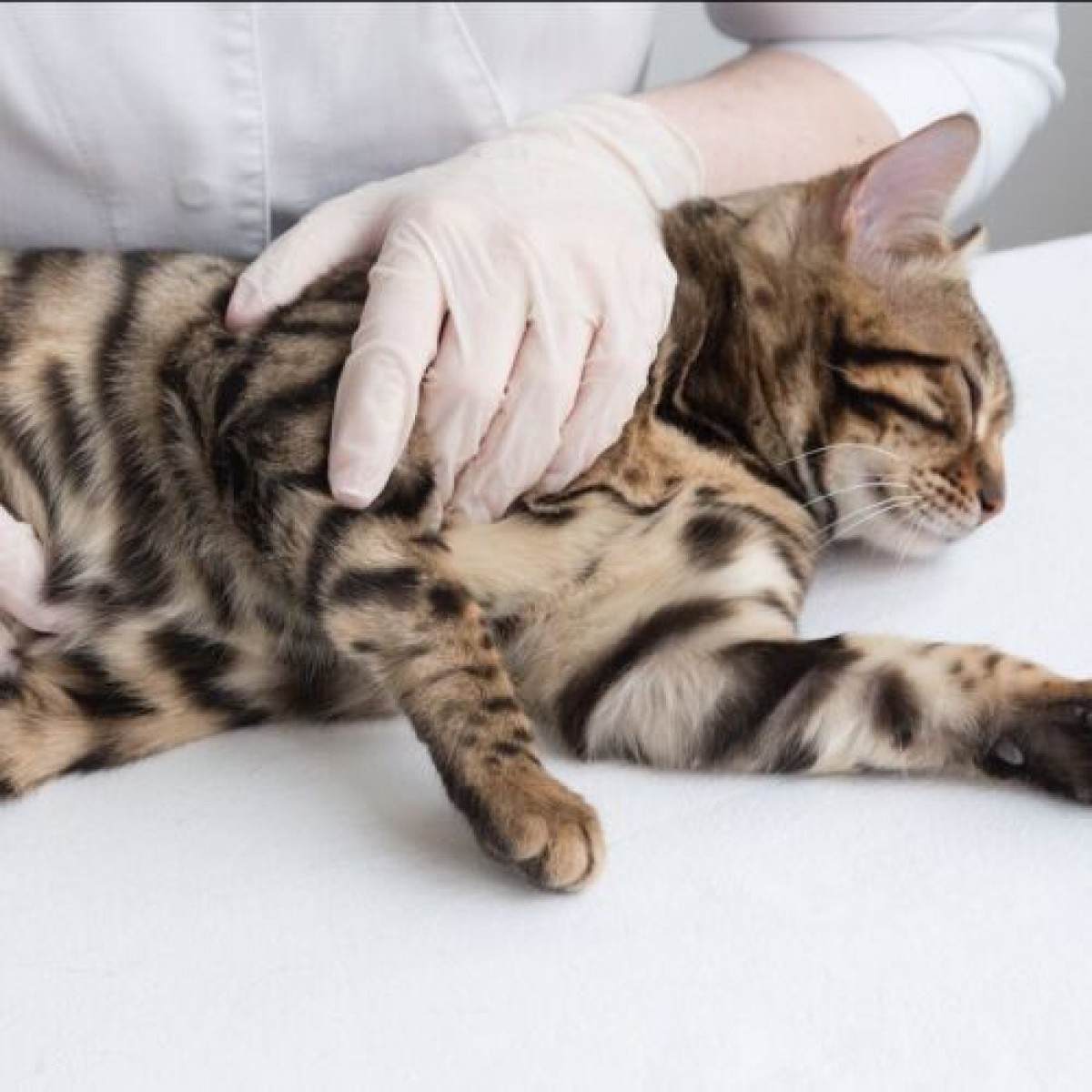Advances in osteoarthritis treatments for companion animals
by Jenny Alonge
Advances in veterinary medicine and improved owner compliance have increased longevity for companion animals. Approximately 15% of dogs and 20% of cats are older than 11 years of age, which is great news for pet parents, except that older pets require special care.
Pets experience age-related issues, such as osteoarthritis (OA), that often their owners do not recognize, and the animal’s pain is left untreated. While OA is most commonly diagnosed in older pets, early onset OA can affect pets as young as one year, and identifying these cases is equally important. According to some estimates, 25% of dogs and 40% to 92% of cats experience joint pain and mobility challenges.
Fortunately, awareness about canine and feline osteoarthritis is increasing, and new drugs are available to help treat these cases. This article provides details about these innovative therapies and offers suggestions to help your veterinary team be more proactive about OA.
Solensia
Solensia is the first and only treatment to control OA pain in cats, and the first monoclonal antibody new animal drug approved by the U.S. Food and Drug Administration (FDA) for use in any animal. Frunevetmab, the active ingredient, is a felinized immunoglobulin G monoclonal antibody, which means that a murine antibody’s regions were replaced by feline counterparts.
The complementary-determining regions (i.e., the antibody’s variable parts that determine specific antibody binding) were left intact. Frunevetmab binds to and blocks nerve growth factor (NGF), a neurotrophin, and reduces the NGF amount that binds to tropomyosin receptor kinase A (TrkA) and p75 neurotrophin receptor (p75lNTR).
Neurotrophins are proteins that regulate the vertebral nervous system’s development, maintenance, and function. NGF is specifically responsible for developing the sensory and sympathetic nerve fibers in developing animals, and NGF levels are elevated in OA joints. An injured joint releases inflammatory cytokines and NGF, and the NGF binds to receptors on peripheral nerves, immune cells, endothelial cells, synoviocytes, and chondrocytes to cause peripheral sensitization, neurogenic inflammation, and increased pain perception. By blocking NGF, frunevetmab decreases signal transduction to these cells and helps reduce pain perception. Other details for this treatment include:
- Dosage — Solensia is dosed by weight and administered by a veterinarian subcutaneously once a month.
- Contraindications — Solensia should not be used in pregnant or nursing cats.
- Side effects — The most common side effects are vomiting and injection site pain.
- Cautions — Veterinarians who are pregnant, breastfeeding, or trying to conceive should take extreme caution to avoid accidental self-injection. NGFs are important in normal fetal nervous system development, and laboratory studies in non-human primates and rodents have demonstrated that anti-NGF monoclonal antibodies can increase fetal abnormalities, stillbirths, and postpartum fetal mortality.
Librela
Librela is the first FDA-approved monoclonal antibody for use in dogs and approved for OA pain control. The active ingredient, bedinvetmab, works similarly to frunevetmab, binding and inhibiting NGF.
Librela has been evaluated only in dogs affected by joint OA and may not be effective for those with spine OA. The most common adverse effects are urinary tract infections, bacterial skin infections, dermatitis, and increased blood urea nitrogen. Librela, dosed by weight, is administered by a veterinarian subcutaneously once a month. The medication is contraindicated for pregnant or nursing dogs, and pregnant or nursing veterinarians should take precautions to avoid accidental self-injection.
Improve your osteoarthritis approach
Despite canine and feline OA prevalence, veterinarians don’t typically approach the subject proactively. According to data collected by the Adequan Canine Osteoarthritis Awareness Study conducted by American Regent Animal Health, most dog owners do not receive the information they need about OA from their veterinarian. Only 11% of dog owners reported that their veterinarian educated them about joint problems when their dog seemed healthy and sound, which is extremely concerning, because veterinarians know that many pet owners don’t recognize subtle OA signs. Considering that most pets act differently during a veterinary exam, many OA cases that could benefit from treatment are likely missed.
Tips to help improve your veterinary team’s OA approach include:
- Mention OA early and often — Discuss OA with your clients at their first visit, especially if they have a high-risk breed, and introduce the subject at every consecutive visit.
- Involve your entire team — Ensure your entire team, including the veterinarian, veterinary nurse, and support staff, observe patients for OA signs and report any signs of pain.
- Educate your team — Teach your team how to recognize pet pain and techniques to communicate with owners about OA.
- Educate your clients — Provide educational information to help your clients recognize OA signs at home. This is especially important, because animals may not exhibit pain in an unfamiliar location such as your veterinary office.
- Consider your patient — When devising a treatment strategy, determine appropriate medications and therapies based on your patient’s specific condition.
- Consider your client — Ensure your treatment strategy is appropriate, accessible, and feasible for your client. Ask specific questions, such as: Is your pet good about taking medications? What form of medication is easiest for you to administer? How frequently can you exercise your pet? Are you comfortable performing physical therapies on your pet?
- Make specific recommendations — Clients comply better when given specific recommendations. For example, do not say, “Exercise your pet more.” Say, “Exercise your pet twice a day for 10 to 15 minutes every day.” Do not say, “Your pet needs to lose weight.” Devise a custom weight loss strategy for the pet and ensure the owner understands the plan.
- Prepare your client — When you diagnose OA, ensure the client knows that their pet will need their condition continuously monitored, so changes can be made in the treatment plan as needed.
- Check in — Have your team check in frequently with your client to ask about the pet’s progression and to determine if the treatment protocol is effective.
New medications to treat canine and feline OA are useful tools, but being proactive to ensure OA cases aren’t missed is also important. These strategies should help improve your team’s OA approach.














List
Add
Please enter a comment